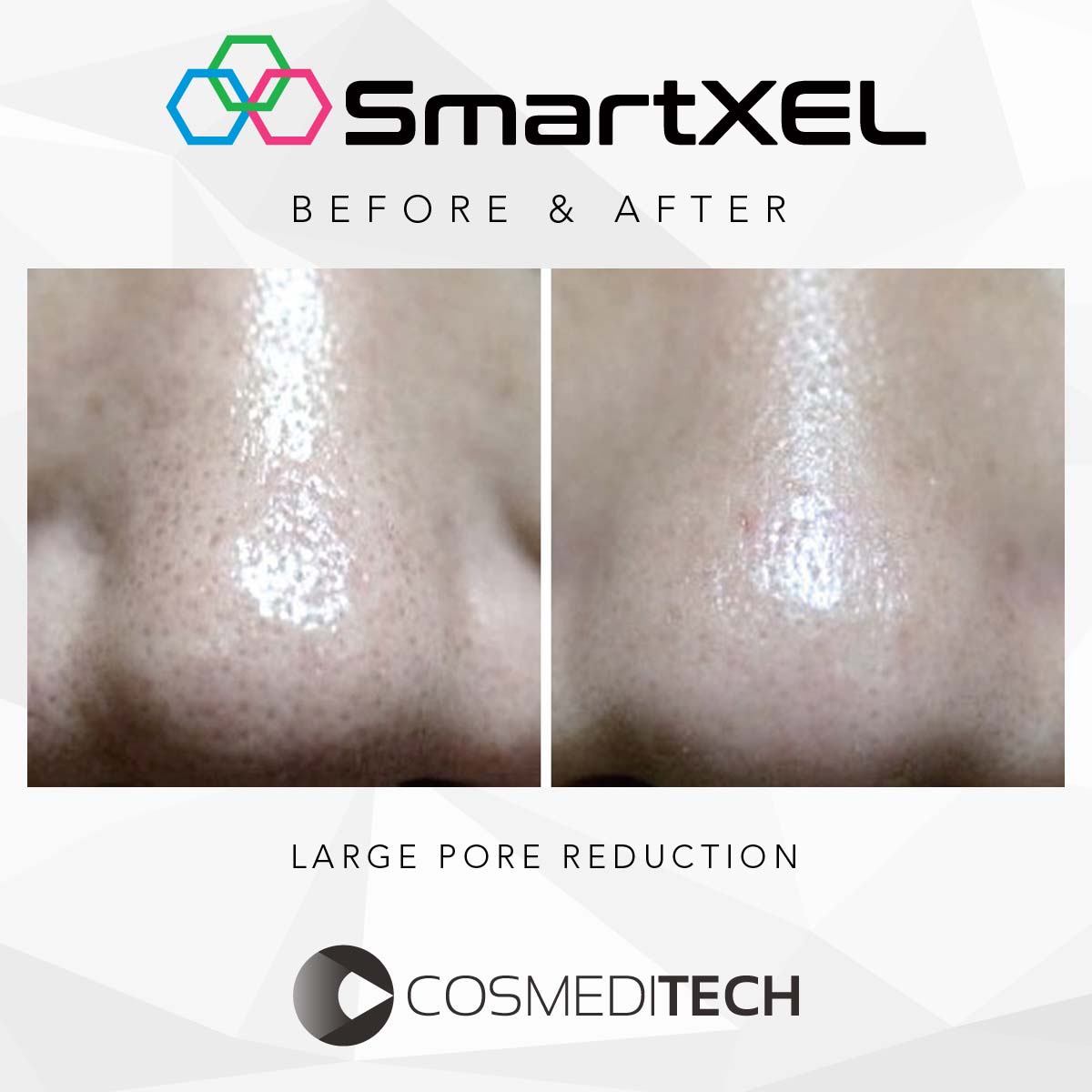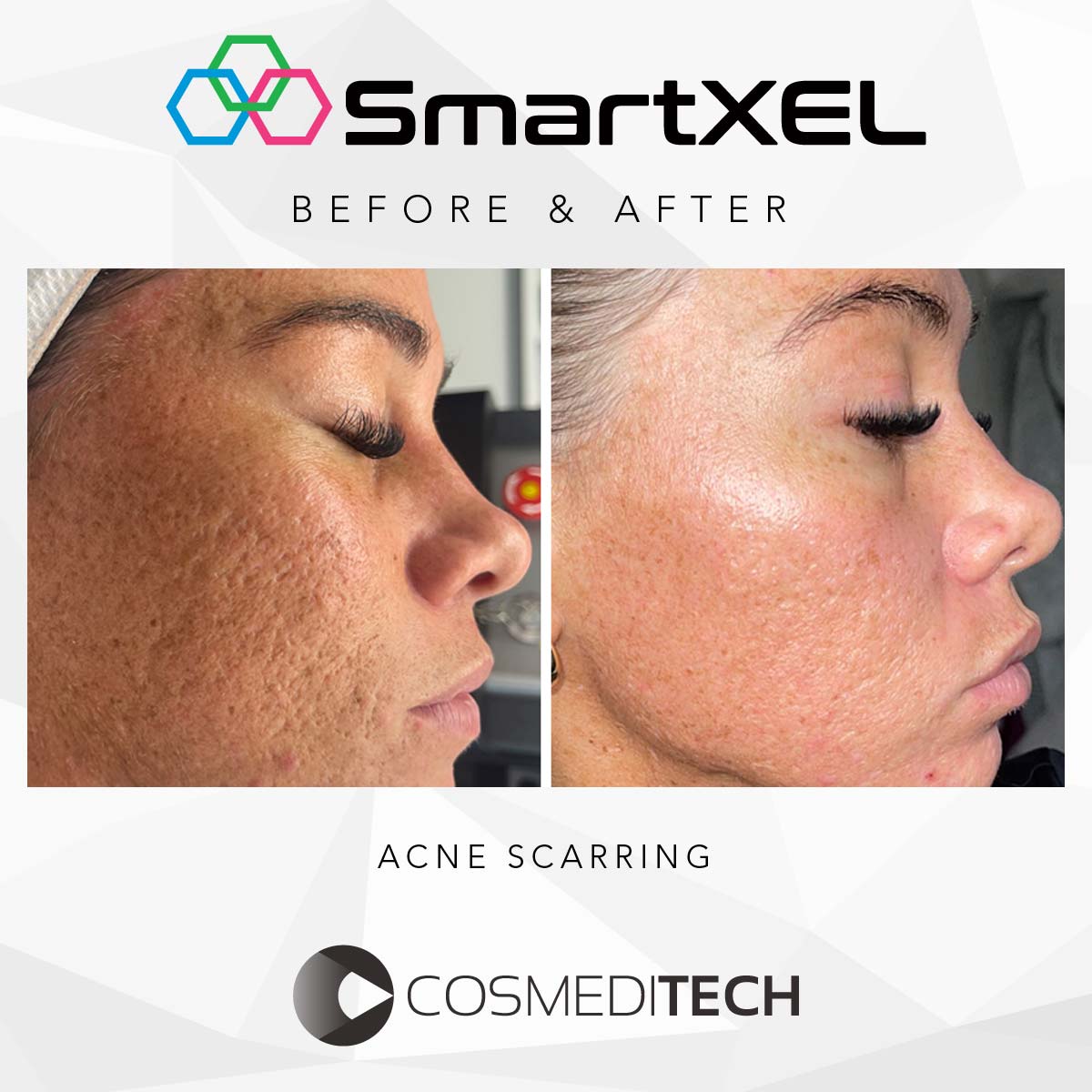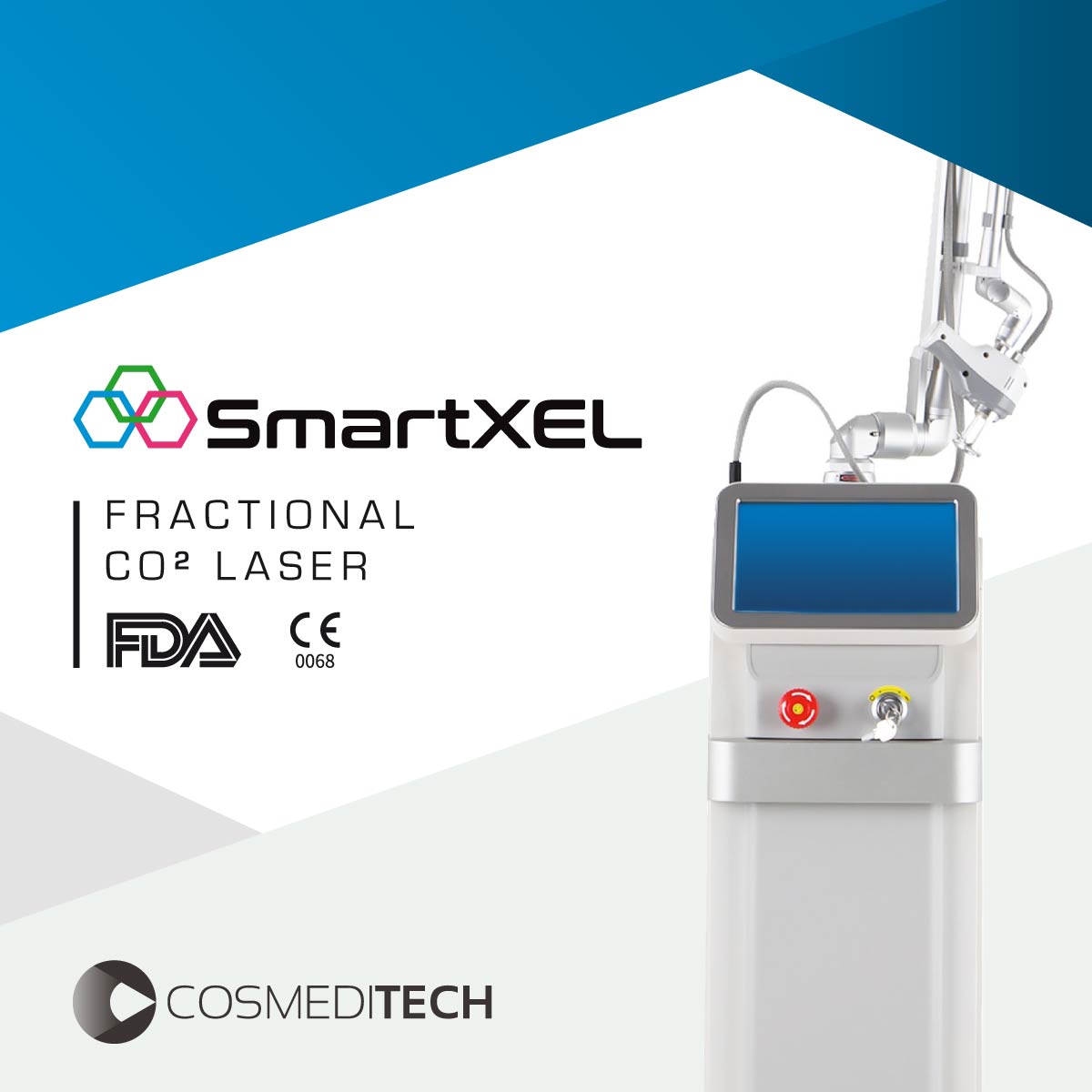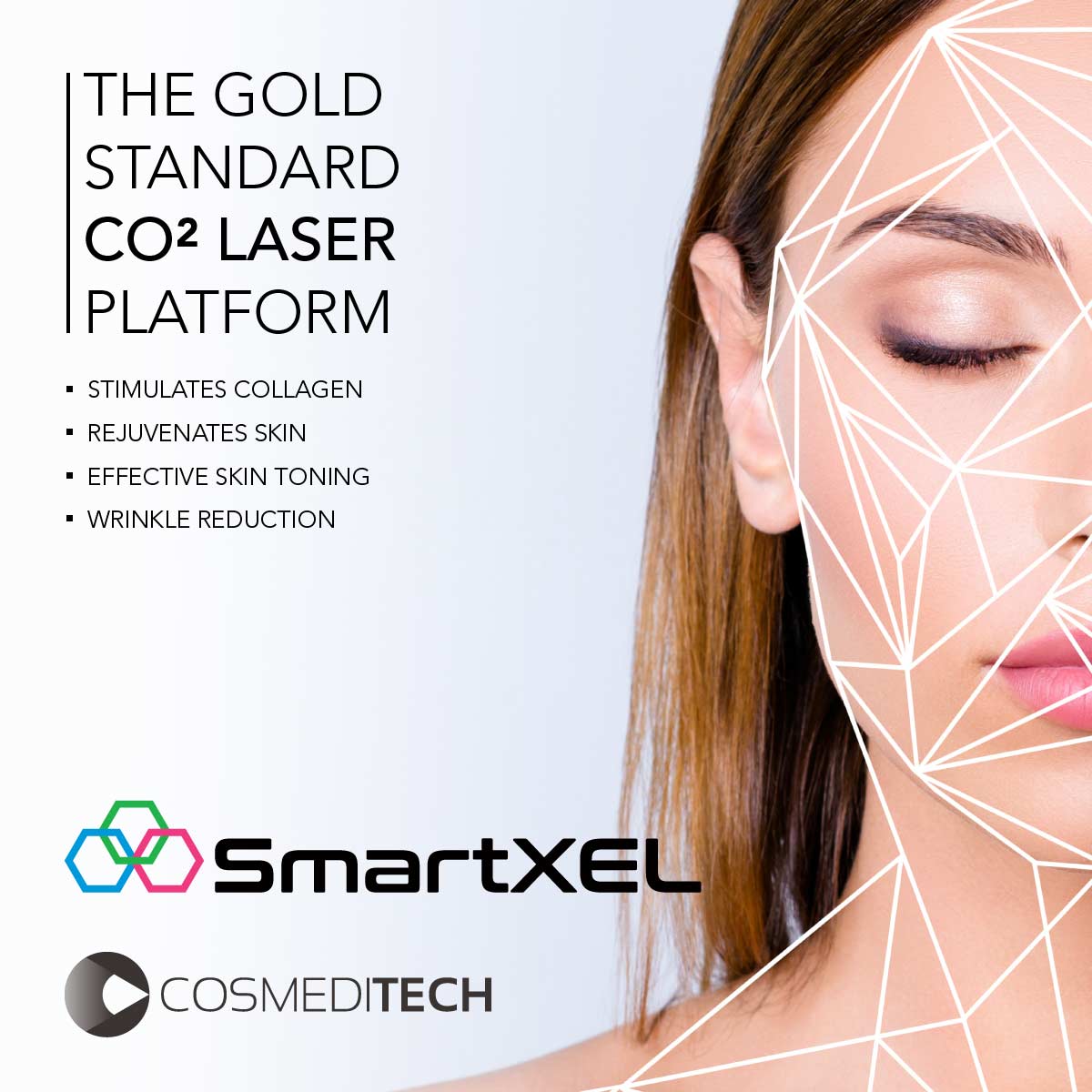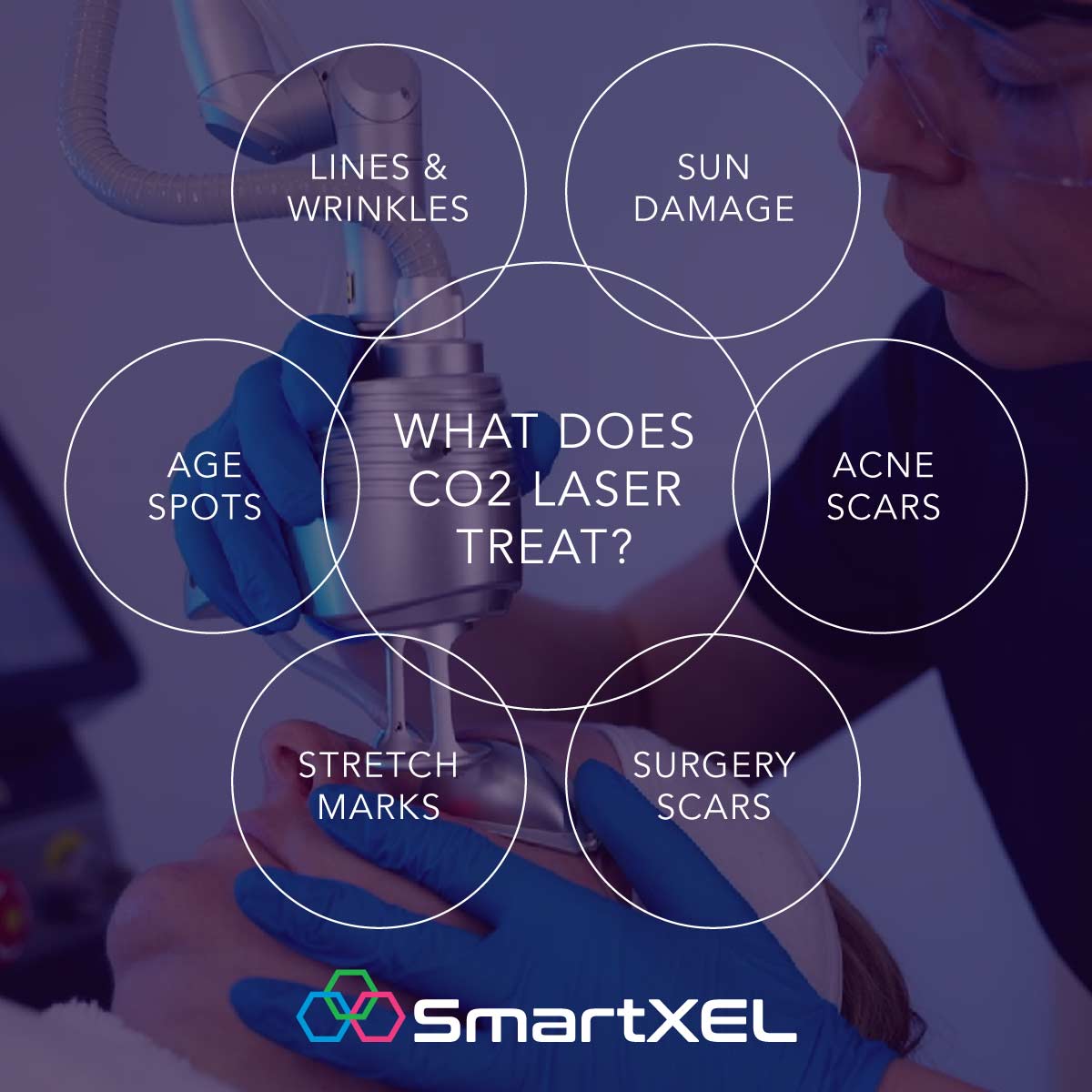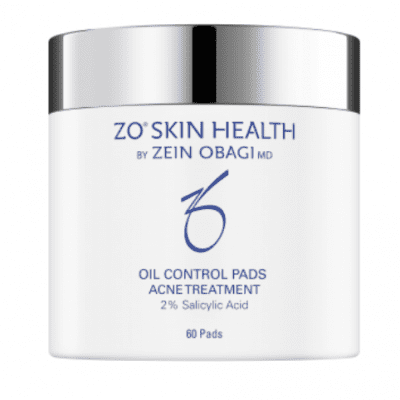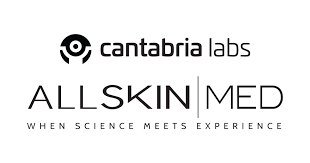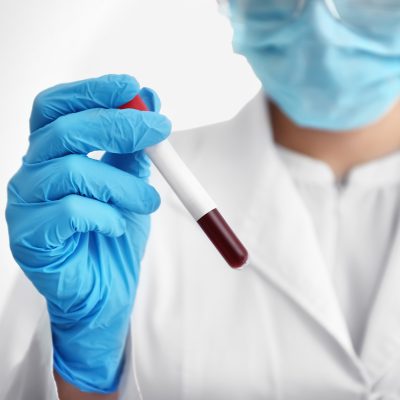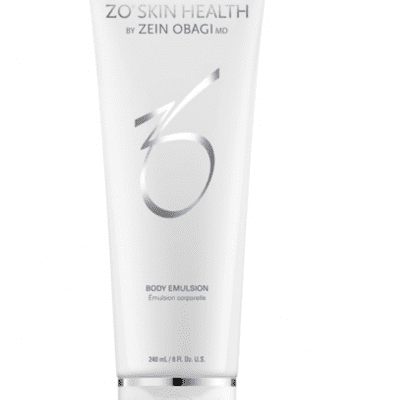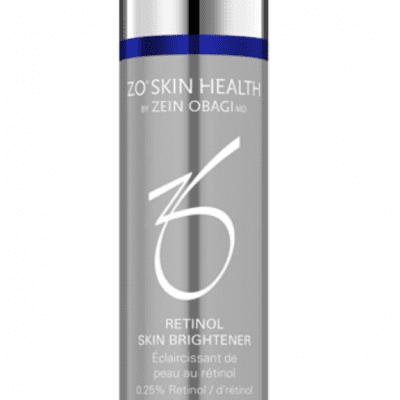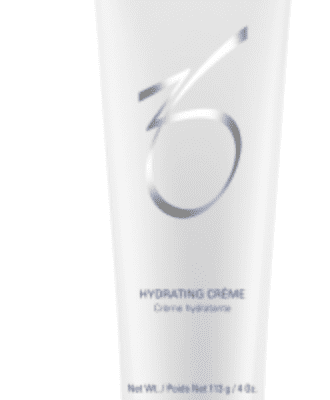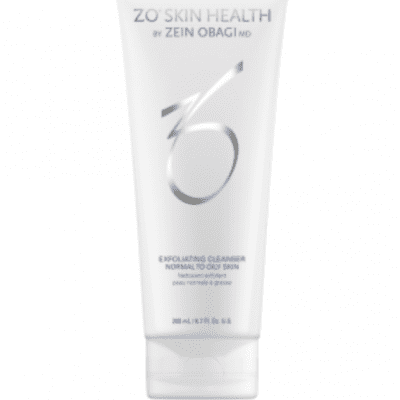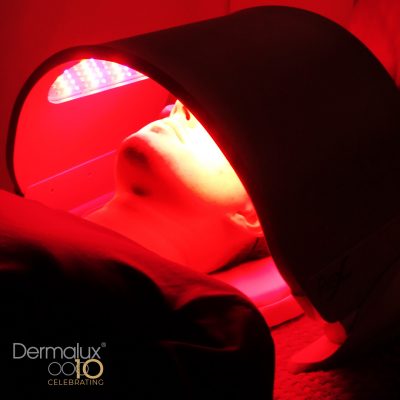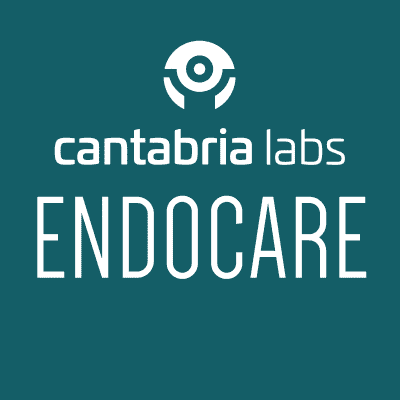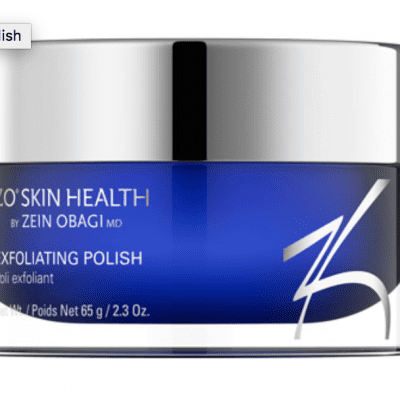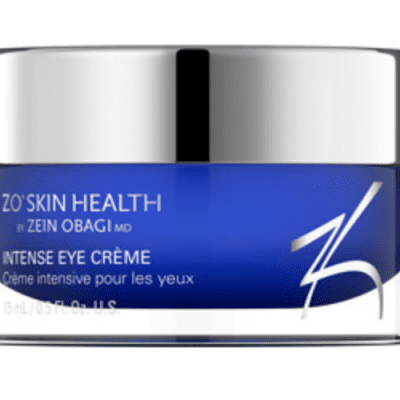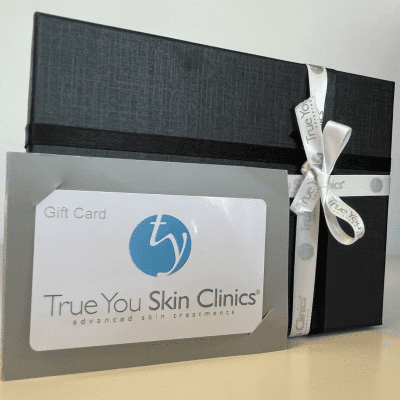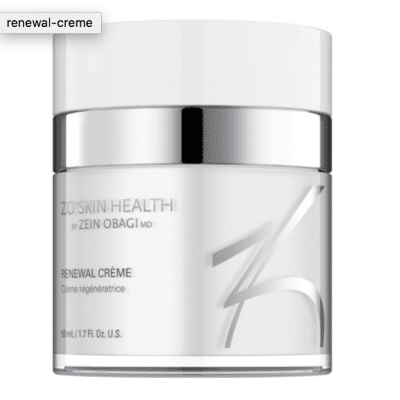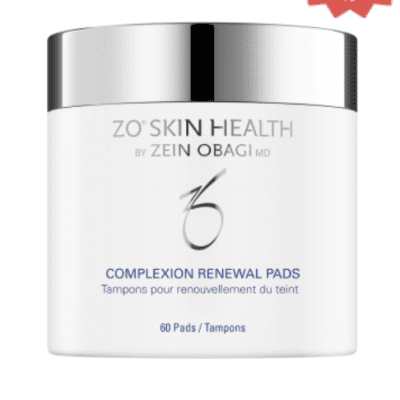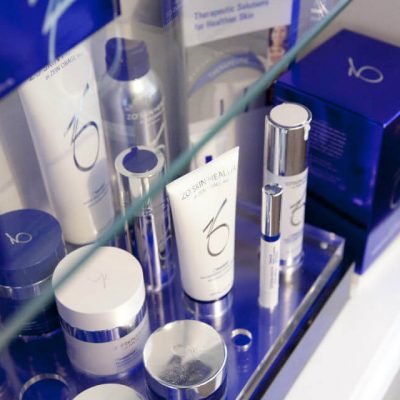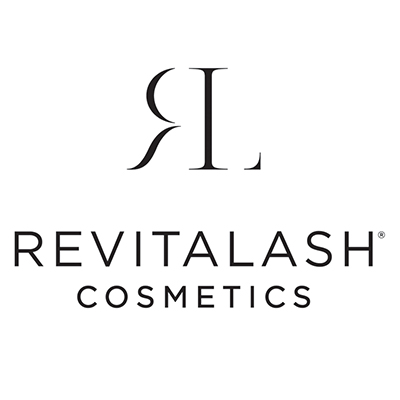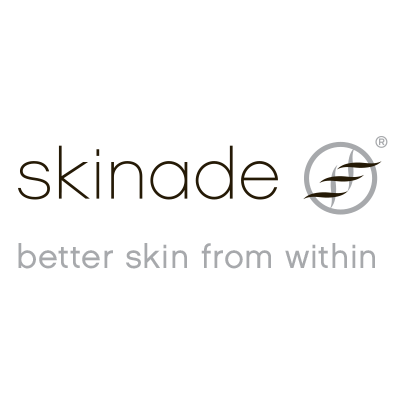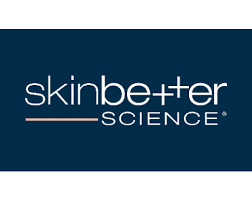Understanding TYPES OF SCARING
What is a Hypertrophic Scar?
A hypertrophic scar is a thick, raised scar that develops at the site of a skin injury. Unlike keloids, which can grow beyond the boundaries of the original wound, hypertrophic scars remain within the original wound area but are still elevated and often red or pink in color.
They occur when the body produces too much collagen during the healing process. This overproduction leads to a fibrous, raised tissue that stands out from the surrounding skin
CAUSES AND RISK FACTORS
Several factors can contribute to the formation of hypertrophic scars:
-
Trauma or surgery: Cuts, burns, or surgical incisions can lead to these scars, especially if the wound is deep or experiences prolonged healing.
-
Infection or inflammation during wound healing
-
Tension on the wound edges
-
Genetic predisposition
-
Younger age: Young people, especially those between 10–30, tend to heal with more collagen production.
Symptoms and appearance
-
Raised, thickened scar tissue
-
Red, pink, or dark in color
-
May be itchy, tender, or even painful
-
Limited to the area of the original wound
-
Often improves slowly over time without treatment
Diagnosis
Diagnosis is typically based on a physical examination by a dermatologist or healthcare provider. In some cases, a biopsy might be performed to distinguish a hypertrophic scar from a keloid or other skin condition.
Treatment Options
Although hypertrophic scars often improve over time, some may require intervention for cosmetic or symptomatic reasons. Treatment options include:
1. Topical Treatments
-
Silicone sheets or gels: These help flatten and soften scars by hydrating the tissue and regulating collagen production.
-
Corticosteroid creams: Reduce inflammation and may help soften the scar over time.
2. Injections
-
Steroid injections Help reduce inflammation and flatten the scar,
3. Laser Therapy
-
Targets scar tissue to reduce redness, improve texture, and stimulate new skin growth.
4. Microneedling or Dermabrasion
-
These techniques help remodel the scar by promoting collagen reorganization and skin regeneration.
5. Surgical Revision
-
In some cases, the scar may be surgically removed and the wound re-closed with special techniques to reduce tension and recurrence
Prevention
While not all scars can be avoided, you can take steps to minimize your risk of developing hypertrophic scars:
-
Keep wounds clean and moisturized
-
Avoid sun exposure on healing skin (use SPF or cover the area)
-
Don’t pick at scabs or wounds
-
Use silicone sheets or gels early in the healing process
-
Follow post-operative care instructions if you’ve had surgery
Final Thoughts
Hypertrophic scars can be a frustrating result of the body’s healing process, but they are treatable and often improve over time. If you’re dealing with a scar that is painful, unsightly, or emotionally distressing, consult a dermatologist. With modern dermatological advances, there are effective ways to reduce their appearance and help restore confidence in your skin.


